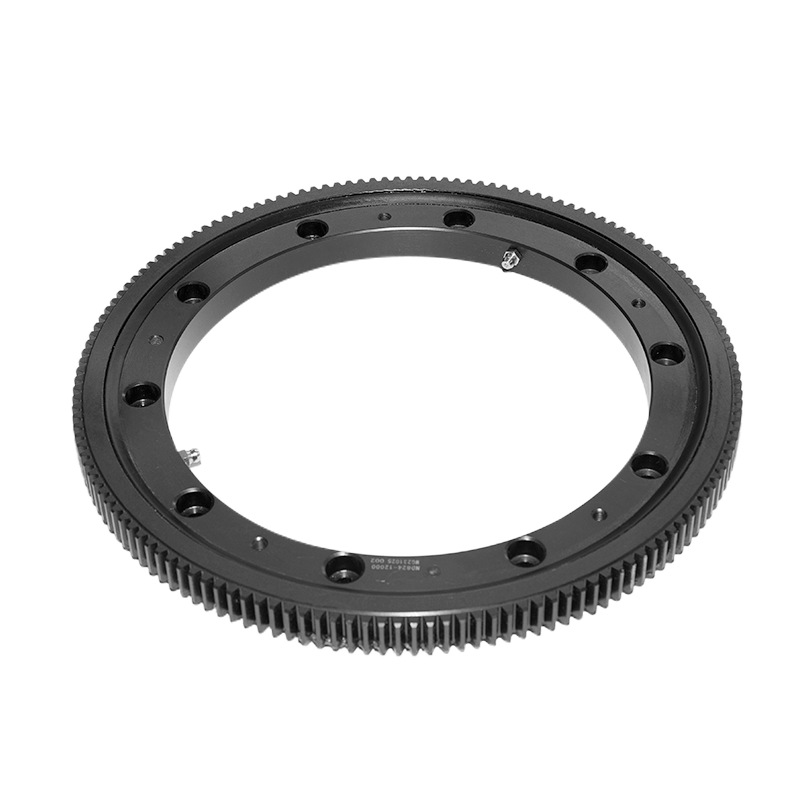How do the rollers in a single-row crossed roller bearing align to support both radial and axial loads simultaneously?
 2024.12.06
2024.12.06
 Industry news
Industry news
In a single-row crossed roller bearing, the rollers are arranged in an alternating, crisscross pattern, which allows them to support both radial and axial loads simultaneously. Here's how this works:
Design of the Crossed Roller Bearing:
Roller Arrangement: The key feature of a single-row crossed roller bearing is the intersecting arrangement of the rollers. The rollers are placed in a 90-degree angle relative to one another, and they alternate between radial and axial directions. Each roller contacts two raceways—one on the inner ring and one on the outer ring.
Radial Load Support: Radial loads are forces that are applied perpendicular to the axis of rotation (i.e., along the radial direction). In a single-row crossed roller bearing, the rollers that are aligned in the radial direction directly support these loads. Since each roller is in contact with both the inner and outer raceways, they can distribute the radial load evenly along their length, reducing the risk of excessive stress on any one point.
Axial Load Support: Axial loads are forces applied along the axis of rotation. In a single-row crossed roller bearing, the rollers that are aligned at a 90-degree angle to the radial direction support axial loads. The crisscross pattern allows each roller to carry both radial and axial loads simultaneously because the load is distributed across the surface of the contact area between the roller and the raceways.

How Crossed Rollers Work Together:
Simultaneous Load Support: The rollers are arranged in such a way that each one is inclined at an angle (typically 45°) to the radial direction. This arrangement ensures that each roller can simultaneously support both types of loads. The alternating direction of the rollers creates a balanced distribution of the load, with each roller handling both a radial component and an axial component.
High Rigidity: The crisscrossed design also results in higher rigidity because the load is spread over multiple contact points. Since the rollers are tightly packed in a single row and the arrangement ensures full contact between the rollers and the raceways, the bearing can carry significant loads while maintaining stability and precision.
Minimal Play or Backlash: Due to the design, the single-row crossed roller bearing minimizes the chances of backlash or play. This is particularly beneficial in applications that require high precision, such as rotary tables, gimbals, and robotic arms, where maintaining the correct position under load is crucial.
Advantages of Crossed Roller Bearings for Radial and Axial Loads:
Compact Design: The alternating roller arrangement allows a single-row crossed roller bearing to carry both radial and axial loads in a compact space, making it suitable for applications where space is limited.
Higher Load Capacity: The design offers a higher load capacity compared to other types of bearings (such as ball bearings) that typically can only handle radial or axial loads separately.
Smooth Motion: The evenly distributed load helps to reduce friction and increase the smoothness of rotation, which is particularly useful in high-precision applications.












